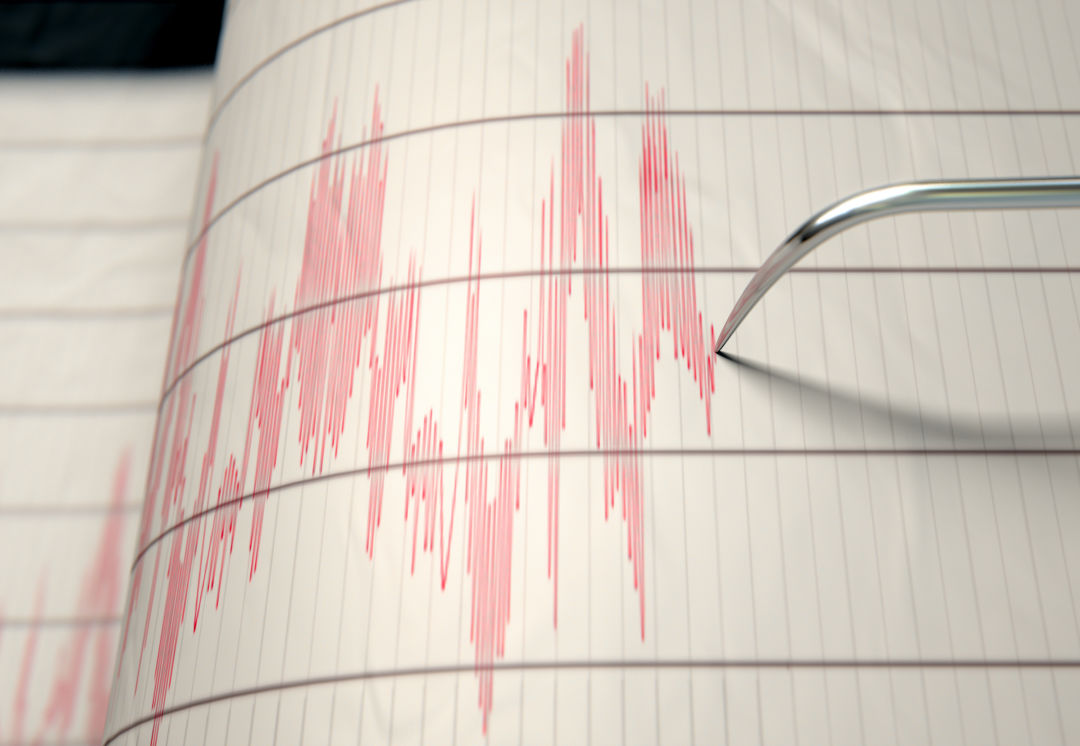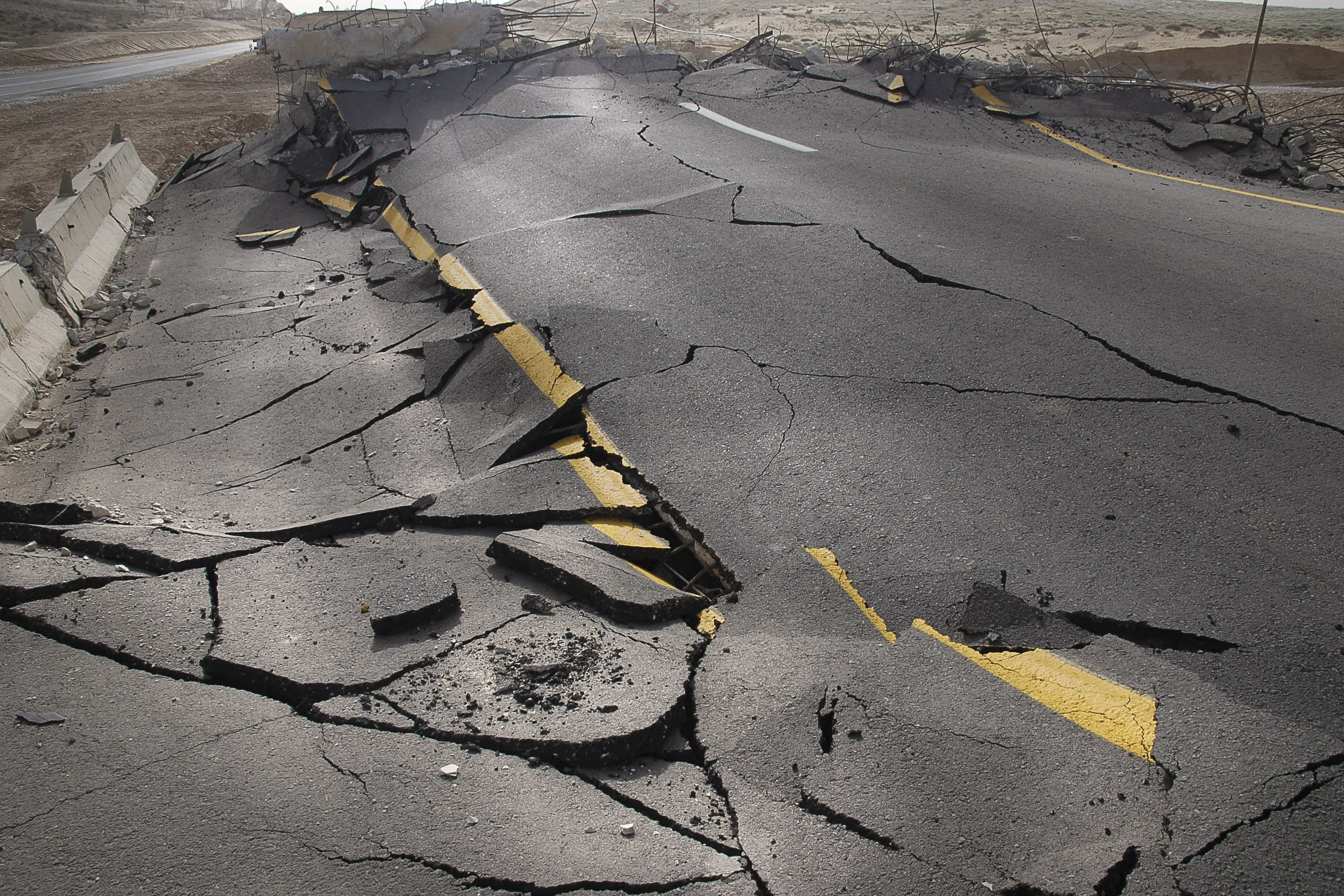Will Oregon Lawmakers Say Yes to More Money for Earthquake Prep?

When the 2020 Oregon Legislature reconvenes for a so-called “short session” next Monday at the state Capitol, the to-do list is already a long one, from revisiting the contentious cap-and-trade bill that prompted Senate Republicans to flee the state back in 2019 to wrangling over next steps in the back-from-the-dead Columbia River Crossing between Portland and Vancouver, Washington.
On Monday, Gov. Kate Brown tossed another priority onto the pile, saying she’ll ask legislators to approve $12.7 million in new spending for earthquake preparedness.
Unless you’ve been living under a rock (or have your fingers in your ears, which, fair, given how terrifying all this is), you know that Oregon is overdue for an earthquake so big that it has been imaginatively dubbed “The Big One.”
That would be a magnitude 8 or 9 quake, which, as we detailed in this essential 2018 article, could cause bridges to collapse, brick buildings to crumble, and coastal towns to be under water, courtesy of a subsequent tsunami. Projections call for thousands of lives lost, and $32 billion (yes, with a b), in economic damages.
Brown’s proposed bill would direct money towards early detection sensors, which could give residents crucial early warning of a coming quake, as well as triggering utility shutdowns to prevent gas fires, and activating warning lights on roads and bridges. Money would also go to making sure that a quarter-million homes around Oregon have at least two weeks worth of supplies on hand to weather the post-storm apocalypse. (Read the PoMo guide to what you’ll want to have on hand here.)
This is important, meaty stuff—and it is bipartisan, given that earthquakes don’t care what side of the aisle you’re from. But—and there’s always a but—the monthlong session was originally conceived as a way to deal with budget updates, minor legislative fixes and—here’s where there’s wiggle room—emergencies. Of course, the Big One is an emergency like no other, but it is still a theoretical emergency.
And in an election year, when lawmakers know that the topics they don’t get to might wind up as unpredictable November ballot initiatives, it will be interesting to see whether they are willing to make room in a crowded agenda for Brown’s Big One proposals.




